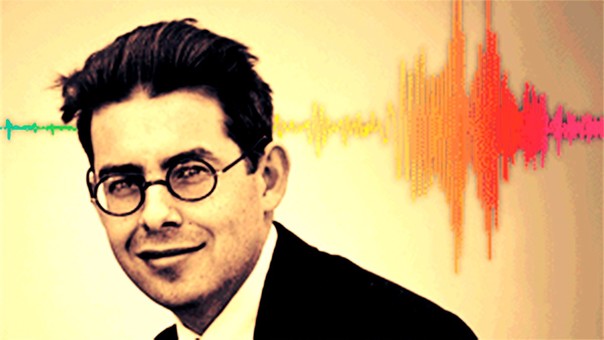Creator of the Richter scale: Who is Charles Francis Richter?
Charles Francis Richter is a world-renowned US geophysicist and seismologist. He made great progress in the field of earthquakes with his studies and developed the Richter scale. Here is his life story:

Charles Francis Richter was born on April 26, 1900, in Overpeck, Ohio, to Fred W. Kinsinger and Lillian Anna Richter. His parents divorced when he was very young. Richter grew up with his mother and grandfather. He earned his bachelor's degree from Stanford University in 1920. In 1928 he was offered a position at the Carnegie Institution in Washington. However, Richter did not accept this offer and started working on his doctorate in theoretical physics at the California Institute of Technology.
Charles Francis Richter (April 26, 1900 – September 30, 1985) was an American seismologist and physicist. Richter is most famous as the creator of the Richter magnitude scale, which, until the development of the moment magnitude scale in 1979, quantified the size of earthquakes. Inspired by Kiyoo Wadati's 1928 paper on shallow and deep earthquakes, Richter first used the scale in 1935 after developing it in collaboration with Beno Gutenberg; both worked at the California Institute of Technology.
Life story
Charles Richter graduated in Physics from Stanford University in 1920. In 1928, he earned a Ph.D. in Theoretical Physics at the California Institute of Technology in Pasadena and started working in the seismology laboratory of the same institution. He was promoted to associate professorship in 1947 and professor of seismology in 1952 at Caltech, where he joined the faculty in 1937, and although he retired in 1970, he continued to work as an emeritus professor (an academic who reached retirement age but kept his position at the university to share his knowledge and experience) at the same institution. continued.
The first scale, which aimed to determine the earthquake intensity, was prepared in 1883 by the Italian geologist Rossi and the Swiss naturalist François A Forel and was divided into 10 degrees determined not by any physical measurement, but by the effects of the earthquake on the earth. After the Rossi-Forel scale, in 1902 Italian geologist Giuseppe Mercalli constructed a new scale, again graded according to the effects of shaking. The effects of the 12-degree earthquake, used for a long time, were listed as general panic, the collapse of all structures, the opening of cracks and cavities, and the changing of rivers.
Although both scales were descriptive, they did not allow us to determine the intensity of earthquakes at sea or outside residential areas. The Richter scale, prepared by Richter and the German-American seismologist Beno Gutenberg, was based on a direct measurement of magnitude, without considering the effect of ground tremors. As such, in the event of a tremor, the eccentric center on the earth, located directly above the earthquake's focus, could be detected by means of the same type of seismographs placed in various regions.
Charles Richter, who continued the rest of his life at the University of California as a Professor in 1952, died in 1985. However, the Richter Scale he created still stands before us in all its reality.
